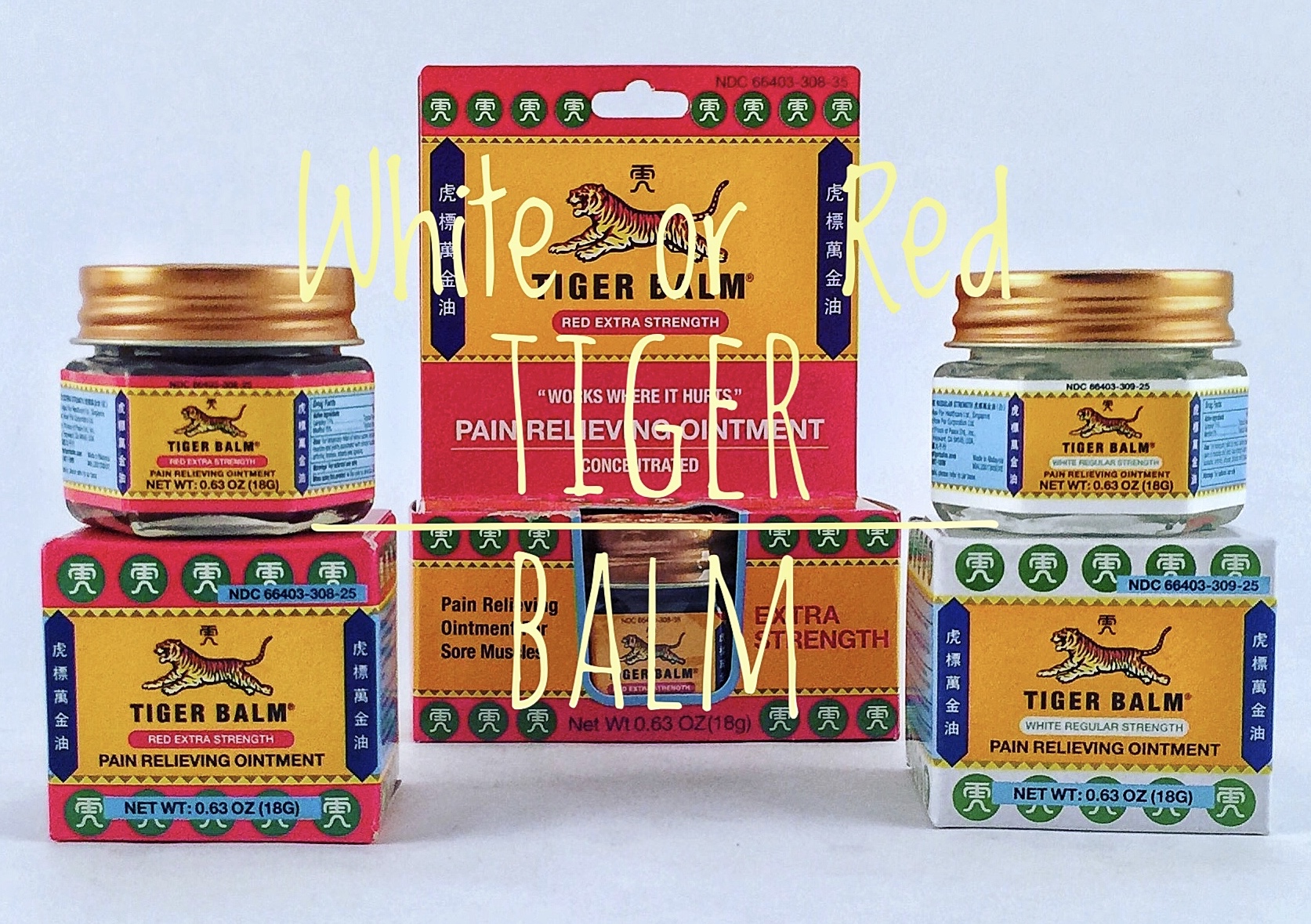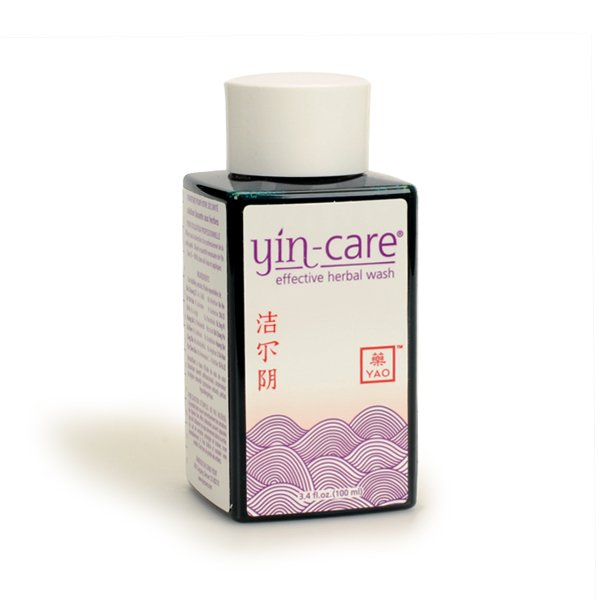tiger balm and petroleum: paraffin petrolatum or should we say Oil Well Gel
/Jury is Out / I Am Less On Board
To Tiger Balm or Not to Tiger Balm. That is MY Question. Tiger Balm contains Paraffin Petrolatum. The excipient (inactive substance serving as medium or vehicle) ingredients on the label read ‘Yellow Soft Paraffin’(Petrolatum/Petroleum Jelly) and ‘Hard Paraffin’ (Wax).
Of course. Petroleum-based. Not organic or essential and not anything but chemically derived. I’m not usually that person. The one who doesn’t just say ‘no’. I have been such a fan of the Tiger Balm that works wonders for such a long time (ignoring this one gloomy fact which to be honest, when I first used Tiger Balm decades ago, I was not yet looking at) that my likely abandonment of it has given me more than a little angst. And regret.
This is how ‘it’ (this petroleum-derivative problem) all started: In the late 1850’s Robert Augustus Chesebrough, British chemist and expert distiller of kerosene from the oil of sperm whales, moved ‘across the pond’ to America, Titusville PA to be exact, imagining the products that could be made from nearby recently discovered petroleum. He developed a process of distilling and cleaning the thick gel found on the oil wells. Yes. Oil Well Gel. Workers on the rigs hated the waxy gel because it impeded production but applied it to their cuts and burns because it helped them to heal. By 1870, Vaseline was sold in the United States as the ‘Wonder Jelly’ that would heal burns, wounds, skin disease, cough, cold and croup, and quite a lot more.
In industry, petrolatum in its lesser refined state is a lubricant for machinery. Used in electrical insulation and paper manufacture. Good at rust prevention.
At home, as an active ingredient in numerous salves, lotions and balms, petrolatum is applied directly to raw, irritated skin: chapped lips; over-blown red noses; diaper-rashed baby bottoms. (Some people also use it as a sexual lubricant but please beware: it weakens latex condoms.) I can’t confirm the numbers but there is an over-abundance of cosmetic products in the marketplace containing petrolatum: lipsticks, moisturizers, baby lotions, and on and on. As many as 40% of baby oils and lotions and 15% of those lovely lipsticks may all be made with petrolatum.
The point for me is to think of petrolatum as machine grease and then wonder about it on my nose or lips or a baby’s bottom. Industrial to medicinal. On a spectrum of purity, clarity and cleanness, do we trust that manufacturers and regulators have drawn the dividing lines safely? Moreover, should petrolatum even be ‘medicine’?
Functionally, petrolatum is occlusive: water-repelling (hydrophobic) and water-insoluble. It’s a top-notch barrier agent sealing off skin from water and air. It locks in moisture and doesn’t allow any more to be absorbed. It is the virtually-odorless additive of choice if locking-in-or-out moisture is the desired effect. The reduction in moisture can be healing, letting the epidermis return to normal functioning. But the petrolatum barrier can also act as a trap for residue, bacteria and potential reaction-producing substances/allergens. Petrolatum cannot be metabolized. It is not emollient and never be skin-nourishing. It just barricades.
To make medicinal or cosmetically-usable petroleum jelly and paraffin wax, hydrocarbons are purified (well, significantly, significantly limited) out of paraffin petrolatum in processes that involve hydrogenation and/or adsorption. In the US, the regulatory definition for petrolatum does not include processing requirements or criteria for purity. The second-level purification process that is sometimes necessary (when the first level can’t get the stuff pure enough) includes exposure of the petrolatum to benzene. Benzene is carcinogenic and known to cause leukemia. Ah well. The European Union put numerous grades of petrolatum on a list of dangerous substances. Only highly refined petrolatum can be used in cosmetics there and petrolatum used as an active ingredient in over-the-counter drugs has even stricter regulatory control. Paraffin wax, molecularly less simple than petroleum jelly and not free of hydrocarbons, is heavily relegated to non-medicinal and non-cosmetic uses.
For modern day production, the jelly/wax combo in Tiger Balm is a ‘perfect’ vehicle for the active ingredients. Molecular chains in paraffin wax are longer; jelly chains are shorter. Longer chains stick together more, staying harder at room temperature, while the shorter ones soften at body temperature and let the balm smoothly roll out over the skin. Still, the jelly/wax is petroleum and hydrocarbon derived. Good for fuel/not so much for bodies.
Petrolatum and paraffin alternatives — beeswax, coconut oil, shea butter, olive oil, avocado and cocoa butter — cost more to use than petroleum jelly. They can be a bit trickier to formulate and balance and then maintain over time (shelf-life). But isn’t it just so nice to think of putting on your skin what you can put (mostly) in your body.
Although doctors and drug makers have recommended petroleum jelly for years, more than 100, purity, safety and healthfulness are still in question, at least for me. It is hard not to consider how reliably pure anything is these days. Not a week goes by that that we don’t hear of shortcuts, cheating, and just plain awful industrial choices being made while ignoring the human element.
Petroleum-based products are classified as xenoestrogens, chemicals that mimic the estrogen we produce naturally and necessarily. The molecular structure of xenoestrogens is close enough to real estrogen for our bodies to think it’s actual. Because xenoestrogens are not recognized as the foreign (‘xeno’) substances that they are, they act as endocrine disruptors. They can easily and dangerously bind to estrogen receptors, thus increasing levels of (assumed) estrogen and sending out unintended hormonal signals which result in unwanted consequences of improperly balanced hormone volume and presence whether you are male or female.
And, there remains a nagging connection between the PAHs (also called PNAs — polycyclic or polynuclear aromatic hydrocarbons) that petrolatum/paraffin are made of, and cancer. These hydrocarbons have been researched and tested and are known to be carcinogenic.
Tiger Balm’s creation story is not unlike other Chinese magical healing formulations. Devoted herbalist/ late 1800’s/ China/ moved to Singapore/ business left to sons/ formula developed/ manufactured/ made rich/ lost/ regained/ refined/ reached the masses/ still made in Singapore today. But I don’t think I can convince myself or my reader(s) that petrolatum or any petroleum-based ingredients are Number One choices here. I fret about Tiger Balm. I kind of can’t quit loving it but I can’t quite get on board any more.
Tiger Balm works. Its method of success lies in ‘tricking’ nerves with both hot and cold sensations, interrupting and relieving otherwise-perceived pain signals from strains and sprains, head and body aches, spasms and coughing. Tiger Balm is much stronger than similar analgesic topical products. Vicks VapoRub for instance, contains 8.6% active ingredients: synthetic camphor, eucalyptus oil and menthol. Tiger Balm contains 60% active ingredients: camphor (natural), mint oil, cajuput oil, menthol and clove oil. This 60% leaves a lesser portion of paraffin/petrolatum in the mix for sure. Paraffin/petrolatum are not active ingredients but excipients. When you are searching the balm and ointment analgesics on your drugstore shelf, Tiger Balm is different, and a better choice.
So for now this is where I land… I have loved Tiger Balm. It has worked. I could very well want to use it again. But. I am now making my own WITHOUT petroleum-based ANYTHING. I’m making it strong… strong, just like the real thing. It works too. I’ve been fine-tuning the formulation for about a year now. My own version of Tiger Balm ~ CuringMom’s TIGER BOMB ~ is my way of keeping its place filled conscientiously in my emergency medicinal lineup.






